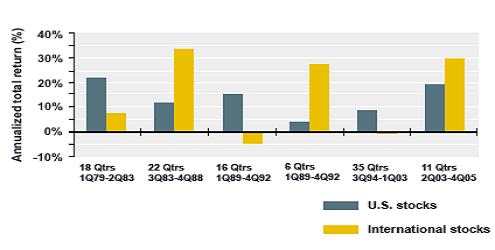A financial bond is a documented debt security instrument which is issued by governments and corporate institutions against which a debt is offered to the holder along with a fixed rate of interest which is mentioned in the debt. A bond holder is supposed to pay back the money borrowed with the interest at fixed intervals.
Bondholders are segregated from equity stockholders by the fact that bondholders are the creditors of the company or the institution issuing the bonds whereas stockholders are the owners of the company. The issuer of the bond(borrowers) are legally bound to redeem(repay) the bonds to the bondholders( lenders ) unlike the equity shareholders(owners) who cannot claim their debts back as equity stocks are non-redeemable documents that can accrue indefinitely.
GOI Bonds
GOI (Government of India) bonds are low risk debt instruments issued by the Government of India against underlying assets of the government. The returns on investment (ROI) are generally low on these debts but are guaranteed of being repaid in fixed time intervals along with the interests.
With extensive financial experience and high end market research facilities, we are able to find you 8% Savings GOI (Taxable) Bonds which are eligible for investment.
a) The Bonds may be held by
An individual, not being a Non-Resident Indian:
- In his or her individual capacity
- In individual capacity on joint basis
- In individual capacity on anyone or survivor basis
- On behalf of a minor as father/mother/legal guardian
b) A Hindu Undivided Family
c) Charitable Institution' to mean a Company registered under Section 25 of the Indian Companies Act 1956 or
d) An institution which has obtained a Certificate of Registration as a charitable institution in accordance with a law in force
e) Any institution which has obtained a certificate from the Income Tax Authority for the purpose of Section 80G of the Income Tax Act, 1961
f) Limit of Investment:
There will be no maximum limit for investment in the Bond Tax Treatment.
g) Income-tax
Interest on the Bonds will be taxable under the Income-Tax Act, 1961 as applicable according to the relevant tax status of the bond holder
h) Wealth tax
The Bonds will be exempted from Wealth-tax under the Wealth- tax Act, 1957.
I) Issue Price
The Bonds will be issued at par i.e. at Rs.100.00 percent.
The Bonds will be issued for a minimum amount of Rs. 1000/- (face value) and in multiples thereof. Accordingly, the issue price will be Rs.1000/- for every Rs.1, 000/-(Nominal).
j) Form
The Bonds will be issued and held at the credit of the holder in an account called Bond Ledger Account (BLA). New Bond Ledger series with the prefix (TB) are to be opened. All investment in 8% Savings (Taxable) Bonds by an existing BLA holder will be viewed as a new investment under a new BLA11.
k) Nomination
A sole holder or a sole surviving holder of a Bond, being an individual, may nominate in form B (Anne x– 4) or as near thereto as may be, one or more persons who shall be entitled to the Bond and the payment thereon in the event of his/her death.
l) Transferability
The Bond in the form of Bond Ledger Account shall not be transferable.
m) Interest
The bond will be issued in cumulative and non-cumulative form, at the option of the investor.
The Bond will bear interest at the rate of 8% per annum. Interest on non-cumulative bonds will be payable at half-yearly intervals from the date of issue.
Interest on cumulative bonds will be compounded with half-yearly rests and will be payable on maturity along with the principal.
In the latter case, the maturity value of the Bonds shall be Rs.1601/- (being principal and interest) for every Rs.1, 000/-(Nominal). Interest to the holders opting for non-cumulative Bonds will be paid from date of up to 31st July/31st January, as the case may be and at half-yearly for period ending 31st July/31st January on 1st August and 1st February.
Interest on Bond in the form of "Bond Ledger Account" will be paid, by cheque/warrant or through ECS by credit to bank account of the holder as per the option exercised by the investor/holder.
n) Advances/Tradability against Bonds
The Bonds shall not be tradable in the secondary market and shall not be eligible as collateral for loans from banks, financial Institutions and Non Banking Financial Companies, (NBFC) etc.
o) Repayment
The Bonds shall be repayable on the expiry of 6 (Six) years from the date of issue. No interest would accrue after the maturity of the Bond.







